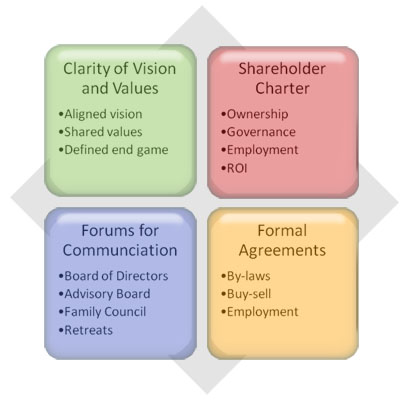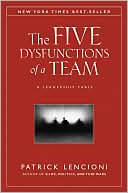 Aligning Shareholders
Aligning Shareholders
As a business grows, ownership often spreads out beyond the founder. This may be the result of a shareholder’s personal estate planning, the retirement or death of a shareholder, or a compensation arrangement with select managers. As the ownership spreads out, control of decisions within the organization changes.
With the spread of ownership we often see problems emerge in the following areas:
- Who will control the day to day operations
- How profits will be handled; reinvested or distributed
- Whether the business should take on additional debt
- To expand or maintain
- How compensation should be set for owners
- And ultimately whether to retain the business or sell it
Today’s business climate is challenging enough that it’s hard for any business to survive if its shareholders aren’t in alignment. So building alignment is critical for business success and long-term sustainability.
There are two important steps in finding alignment. The first is open communication. Often the problems that exist are a result of misunderstandings which when cleared up eliminates the problem. The other involves setting the rules. The business always benefits when the owners take the time to define what shareholders can expect from the business and in turn what’s expected of them.
Our success in helping clients bridge any gap in alignment is a result of our approach to setting up a trusting environment that allows for open and candid discussions. We’ve also developed a series of tools that keep the focus on what’s important rather than what’s not.


